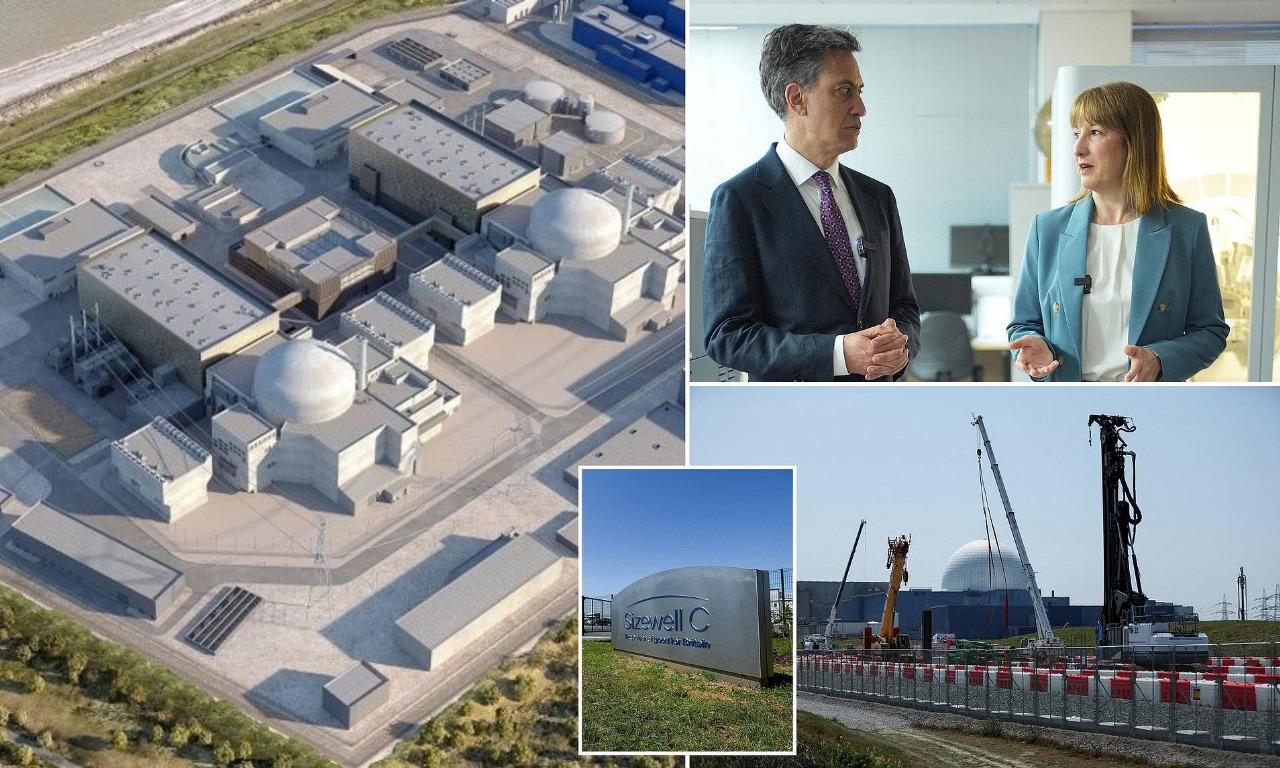The UK’s flagship nuclear energy project, Sizewell C, is under renewed scrutiny as fresh modelling suggests its total cost could soar to £40 billion, including financing. This figure nearly doubles earlier estimates and raises questions about the economic viability, investor appetite, and long-term energy strategy underpinning Britain’s clean power ambitions. The Financial Times reports that the revised projections stem from updated financial modelling and reflect the full lifecycle cost of the project, including interest, contingencies, and inflationary pressures.
Key Highlights from the Modelling Update
- Sizewell C’s projected cost has surged to nearly £40 billion, factoring in financing and inflation
- This is significantly higher than the previously cited £20–£25 billion construction-only estimate
- The modelling includes long-term interest payments under the Regulated Asset Base (RAB) model
- EDF and the UK government remain committed to the project, citing strategic energy independence and carbon reduction goals
Breakdown of the Cost Surge
Construction Costs
- Core build expenses are estimated at £38 billion, based on 2024 prices
- Includes materials, labour, regulatory compliance, and contingency buffers
Financing and Interest
- The RAB model allows developers to recover costs during construction via consumer bills
- Long-term interest payments and inflation adjustments push the total closer to £40 billion
Government and Private Investment
- The UK government holds a 44.9 percent stake, making it the largest shareholder
- Other investors include EDF (12.5 percent), Centrica (15 percent), La Caisse (20 percent), and Amber Infrastructure (7.6 percent)
Strategic Justifications and Energy Impact
- Sizewell C is expected to supply low-carbon electricity to six million homes for 60 years
- Once operational, it could save the UK electricity system £2 billion annually
- The plant is designed to reduce reliance on fossil fuels and imported energy
- Lessons from Hinkley Point C are being applied to improve construction efficiency
Public and Political Reactions
- Critics argue the cost escalation undermines the project’s value-for-money proposition
- Supporters highlight the long-term benefits of stable, clean energy and job creation
- The government insists the RAB model spreads risk and cost fairly across stakeholders
Economic and Market Implications
- The £40 billion figure could affect investor sentiment and future nuclear financing models
- UK households may see modest increases in energy bills during construction
- Tens of thousands of jobs and 1,500 apprenticeships are expected to be created
- British businesses will benefit from 70 percent of the construction spend
Conclusion
Sizewell C remains a cornerstone of Britain’s energy future, but its ballooning cost has reignited debate over nuclear economics and public accountability. As the UK pushes toward net-zero goals, the project’s success—or failure—will shape not just the power grid, but the political and financial landscape of clean energy investment.
Source: Financial Times

